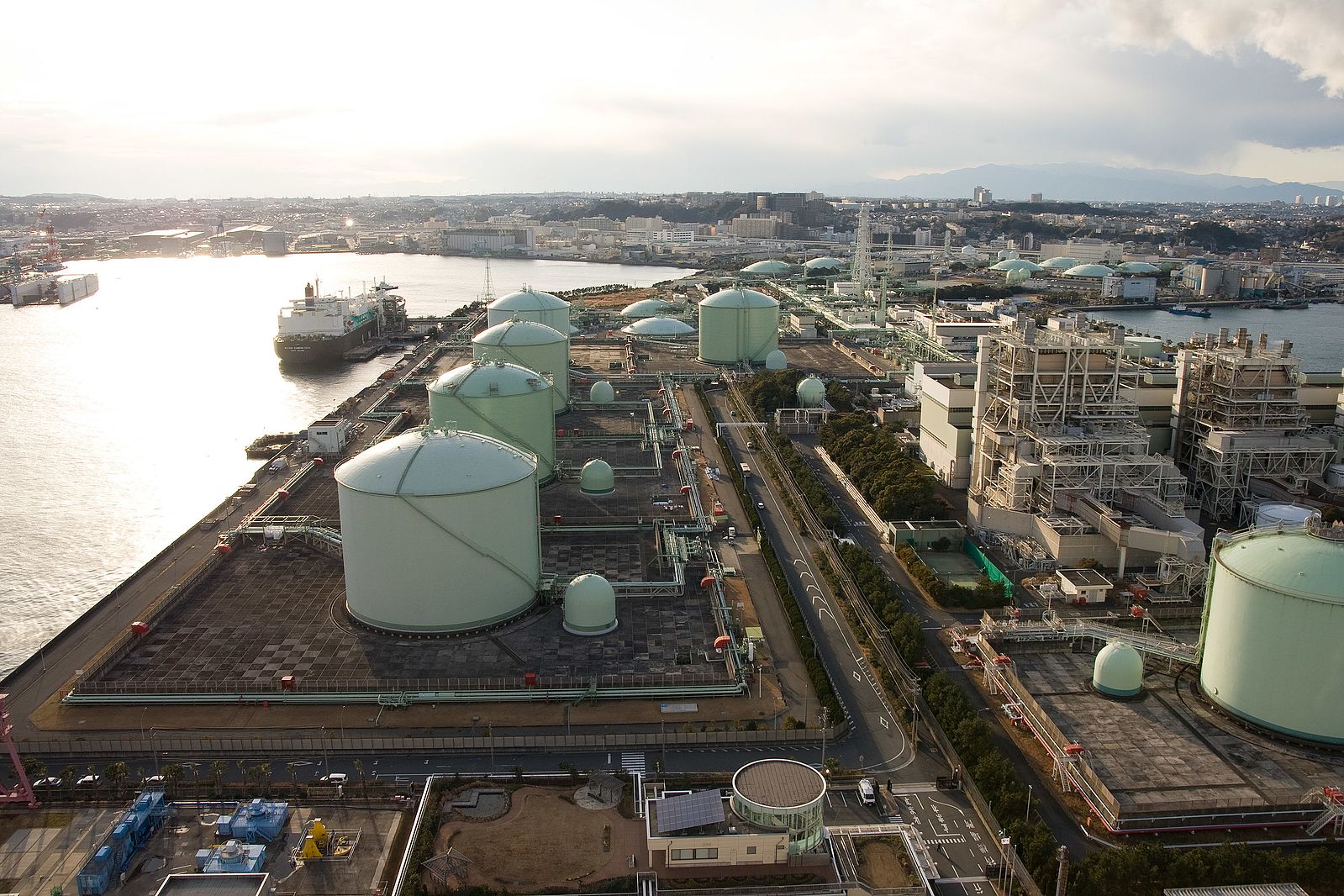
EU law will see $22bn spent on obsolete natural gas infrastructure for shipping
Europe has already spent half a billion US dollars on natural gas infrastructure for its shipping sector in order to comply with an EU law – and continuing its roll-out is likely to cost governments and investors $22 billion by 2050, a new study has found. Liquified natural gas (LNG) will reduce shipping emissions by just 6%, at most, compared to the replaced diesel fuel, the research by the UMAS consultancy shows.
Interested in this kind of news?
Receive them directly in your inbox. Delivered once a week.
These limited emissions savings would probably be undone by the growth of maritime trade, even before possibly higher rates of methane slip are considered, according UMAS. Methane has 28 times the global warming potential of CO2, and when an engine burns LNG unburned methane also escapes through the exhaust. Methane is also released during the production and transportation of natural gas. A recent US study found methane leakage rates are 60% higher than previously estimated.
EU member states are required to build a comprehensive LNG infrastructure in their ports under the EU’s 2014 Alternative Fuels Infrastructure Directive. If this directive is not revised a large LNG market could develop and thus make the decarbonisation of shipping an even more challenging transition for the industry, the study warns.
T&E’s shipping officer, Faig Abbasov, said: ‘LNG is not a bridge fuel, it’s an expensive distraction that will make it harder for the EU to achieve its shipping climate goals. Europe should back future-proof technologies that would deliver the much greater emissions reductions that will be needed, including port-side charging or liquid hydrogen infrastructure. This means the EU needs to stop mandating LNG infrastructure in European ports.’
In April the International Maritime Organisation agreed that international shipping must decarbonise and at least halve its GHG emissions by 2050, but it has not yet set out any measures to achieve this. Global shipping accounts for 2-3% of emissions and, without additional climate measures, will be responsible for up to 14% by 2050.
The study warns that current and future investments in LNG infrastructure such as feeders, barges and storage tankers – made in anticipation of a large LNG market for shipping – are likely to become stranded assets by 2050. Long before then shipping will be required to switch to zero-emission technologies like hydrogen, ammonia and electric propulsion in order to decarbonise.
One of the study’s authors, Domagoj Baresic, a consultant at UMAS and a PhD researcher at University College London, said: ‘There is an uncertain future demand for LNG as a marine fuel over the next 10 years. On the one hand, it is an option for complying with the 2020 sulphur cap, but as it cannot enable the GHG reductions that have been committed to in the IMO’s initial strategy for GHG reduction, and the Paris temperature goals more generally, it is clear its role in shipping’s transition to a low-carbon future can only be transient.’
